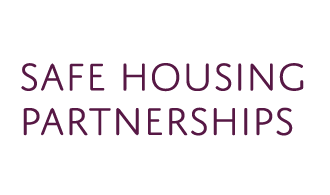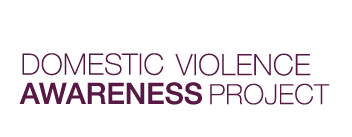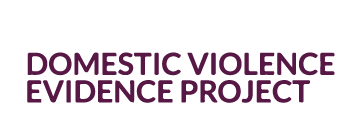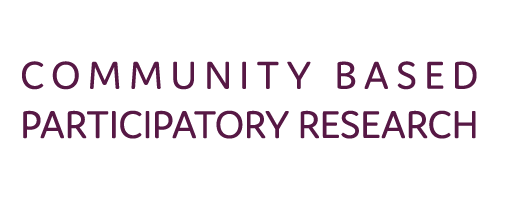For media inquiry, contact:
Breckan Winters, Communications Manager at communications@nrcdv.org
What Is Domestic Violence?
Domestic violence, also known as intimate partner violence, is a pattern of abusive behaviors, characterized by one partner’s need to control the other by using a range of tactics.
While the frequency and severity of physical or sexual violence may vary, coercion, intimidation and emotional manipulation occur on a routine basis throughout the relationship.
- Physical Abuse: Hitting, slapping, punching, shoving, kicking, burning, strangulation/ choking, using weapons or other objects to cause injury.
- Sexual Abuse: Forcing a partner to engage in unwanted sexual acts; refusing to practice safe sex; treating a partner like a sex object.
- Emotional Abuse: Name-calling and putdowns; denying/shifting blame; treating a partner as an inferior; threatening to harm self/others or to have a partner deported; abusing children or pets; stalking; using threatening looks, actions or gestures; using technology to track, monitor or frighten.
- Economic Abuse: Stealing or destroying belongings/money; preventing a partner from getting or keeping a job; not letting the partner know about or have access to family income; damaging or ruining a partner’s credit.
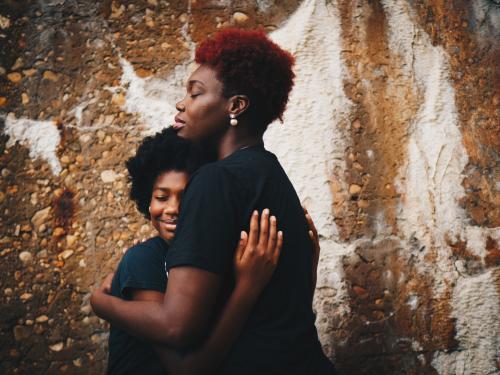 Domestic violence must be understood as more than individual behavior, as it is socially condoned and supported by cultural norms (for example, traditional beliefs that a man has a right to assert power over a woman and is socially superior, or the notion that domestic violence is a private matter). Preventing domestic violence involves proactive efforts to stop abuse from happening in the first place by interrupting the cultural rules and constructs that support it.
Domestic violence must be understood as more than individual behavior, as it is socially condoned and supported by cultural norms (for example, traditional beliefs that a man has a right to assert power over a woman and is socially superior, or the notion that domestic violence is a private matter). Preventing domestic violence involves proactive efforts to stop abuse from happening in the first place by interrupting the cultural rules and constructs that support it.
Knowing the facts
- Domestic violence is a social problem. It is rooted in social values that place importance on people having power over others, and allow violence against women and other groups to occur with minimal and/or inconsistent punishment.
- Domestic violence is not caused by drugs or alcohol, mental illness, being “provoked,” stress, or poor anger management. Abuse is a purposeful and deliberate behavior aimed at gaining power and control over another person.
- Victims seeking help with abuse face many barriers, including fear of injury, shame and self-blame, lack of money, resources and support, social pressures to keep their family together and other cultural taboos.
- Racism, homophobia, ageism and discrimination based on physical ability, nationality or other factors help to perpetuate domestic violence and make finding safety even more difficult for some victims.
- Domestic violence can have many negative impacts on victims such as lowered self-confidence, physical illness and disability, difficulty trusting self/others, and poverty. Despite these impacts, victims find many creative and courageous ways to survive and protect themselves and their children.
The National Domestic Violence Hotline provides a helpful list of domestic violence statistics.
A serious problem
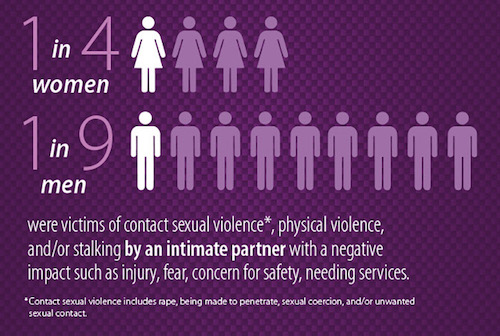 Domestic violence affects millions of people in the United States each year. One in 4 women and 1 in 9 men have experienced contact sexual violence,* physical violence, and/or stalking by an intimate partner in their lifetime with a negative impact such as injury, fear, concern for safety and needing services.1
Domestic violence affects millions of people in the United States each year. One in 4 women and 1 in 9 men have experienced contact sexual violence,* physical violence, and/or stalking by an intimate partner in their lifetime with a negative impact such as injury, fear, concern for safety and needing services.1
- Domestic violence starts early in the lifespan. An estimated 8.5 million women and over 4 million men are victims of rape, physical violence, and/or stalking by an intimate partner in their lifetime and first experience these or other forms of violence by that partner before the age of 18.2
While domestic violence can happen in any relationship – regardless of religion, race or ethnicity, sex, gender identity, sexual orientation, or other factors – the vast majority of victims who report violence are women abused by male partners or ex-partners.
- A woman is far more likely to be killed by her spouse, an intimate acquaintance, or a family member than by a stranger.3
- Women of color are disproportionately impacted by domestic violence. Lifetime prevalence of experiencing contact sexual violence, physical violence, or stalking by an intimate partner is 57% among multi-racial women, 48% among American Indian/Alaska Native women, 45% among non-Hispanic Black women, 37% among non-Hispanic White women, 34% among Hispanic women, and 18% among Asian-Pacific Islander women.4
Given these statistics, it is likely that you know someone who has been abused. They may be your friends and family members, your neighbors or co-workers. Domestic violence takes its toll on our communities as well, contributing to other forms of violence and suffering, burdening us with huge medical and criminal justice costs, and decreasing workplace productivity.
*Contact sexual violence includes rape, being made to penetrate, sexual coercion, and/or unwanted sexual contact.
Citations:
1, 2, 4 - Smith, S.G., Chen, J., Basile, K.C., Gilbert, L.K., Merrick, M.T., Patel, N., Walling, M., & Jain, A. (2017). The National Intimate Partner and Sexual Violence Survey (NISVS): 2010-2012 State Report. Atlanta, GA: National Center for Injury Prevention and Control, Centers for Disease Control and Prevention.
3 - Violence Policy Center. (2017, September). When Men Murder Women: An Analysis of 2015 Homicide Data. Washington, DC.
Joining the effort
To stop domestic violence, we all need to be part of the solution. The following are some things that you can do to help:
- Help a friend or family member who is being abused. Let them know that the abuse is not their fault, listen to them, help them to identify resources and options, empower them to make choices for their safety, and provide nonjudgmental support and an opportunity for them to seek your support again.
- Support your local domestic violence program. Most hotlines, advocacy or shelter organizations could benefit from your time, financial support or other donations. Open Doors: Thinking Beyond Shelter (Or Alternative Ways to Help Survivors) provides ideas for building needed resources in your community for survivors of domestic violence.
- Speak up about abuse. Let the person using violence or intimidation know their behavior is wrong and encourage them to seek help.
- Educate yourself and others. Call your local domestic violence program to schedule informational workshops for your workplace, community group or place of worship. Encourage schools to include abuse prevention as part of their curricula. Social change is possible when individuals, families, communities, and institutions have access to both knowledge and tools. See Awareness + Action = Social Change: Strategies to End Gender-Based Violence for inspiration.
- Set an example. Make a commitment to work to end violence in all of its forms. Model non-violent and respectful behavior through your everyday actions.
Berkley Media Studies Group: Violence Prevention
Telling the Full Story: An Online Guide for Journalist Covering Domestic Violence (January 2012) by the Rhode Island Coalition Against Domestic Violence
Press kit for Media Professionals: Reporting on Domestic Violence (January 2015) by the South Carolina Coalition Against Violence and Sexual Assault

